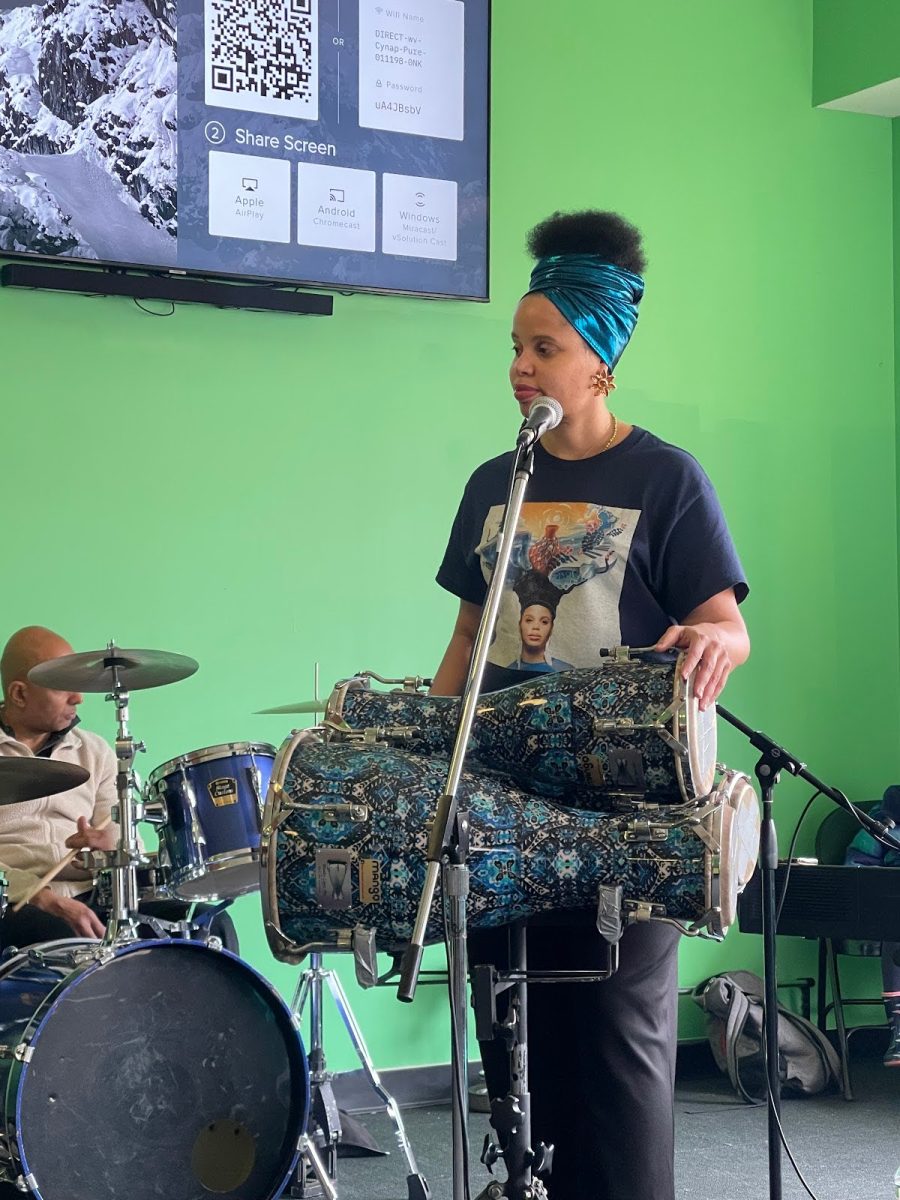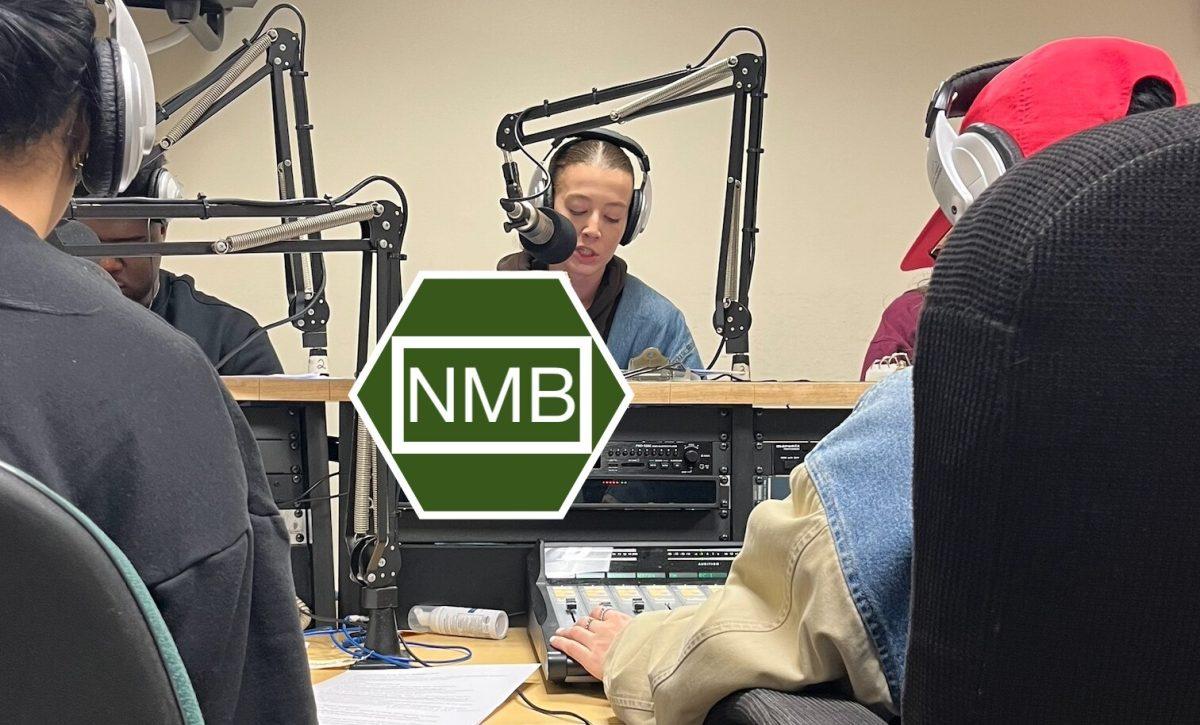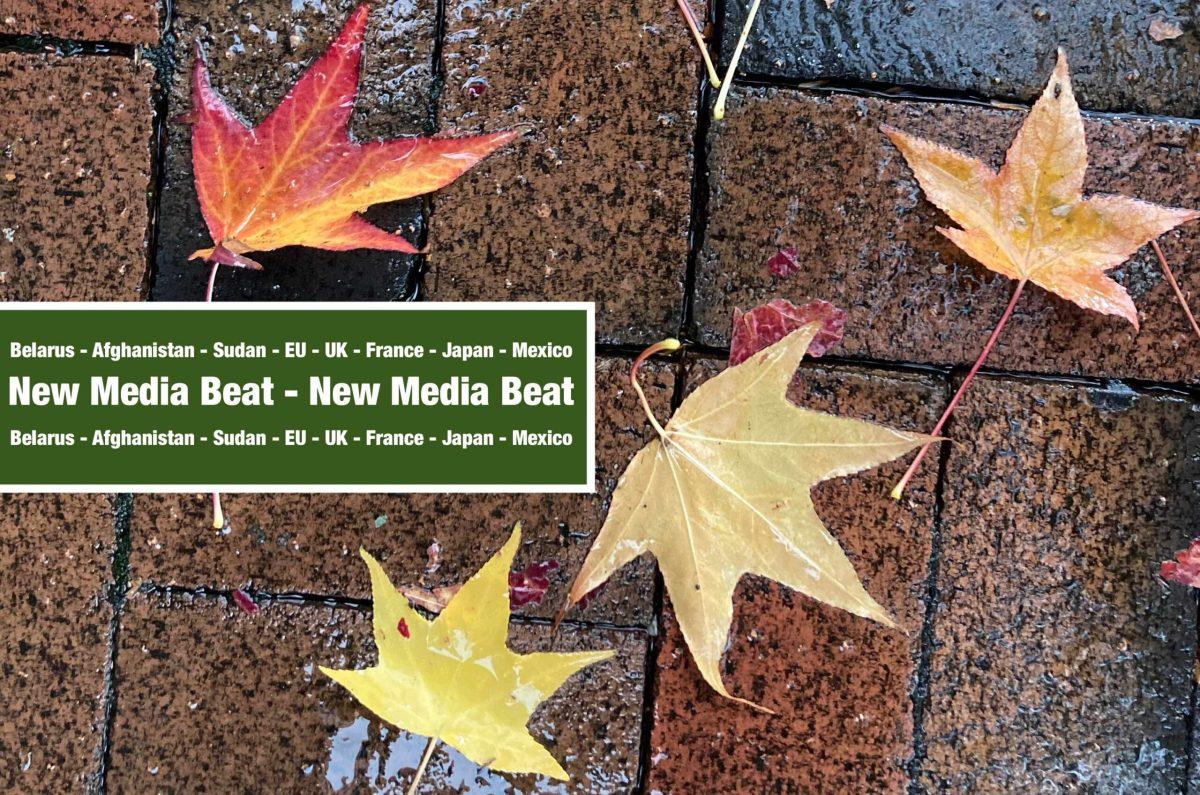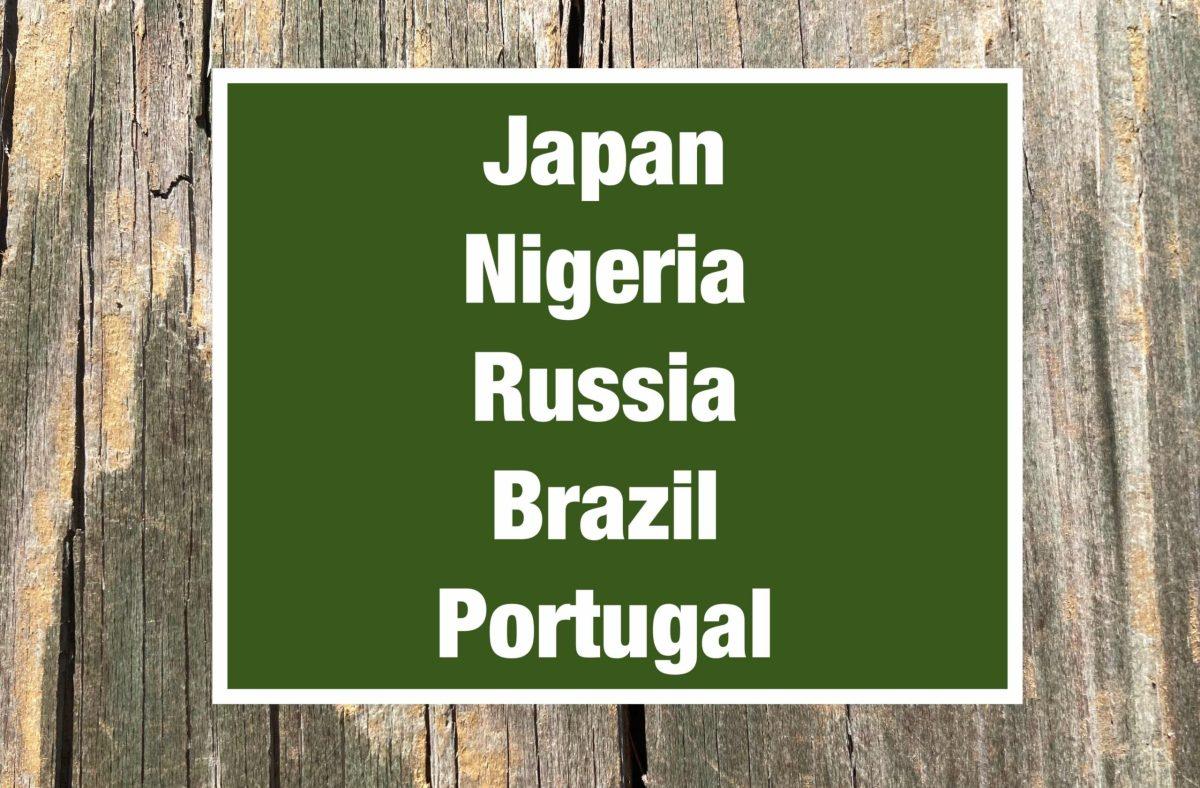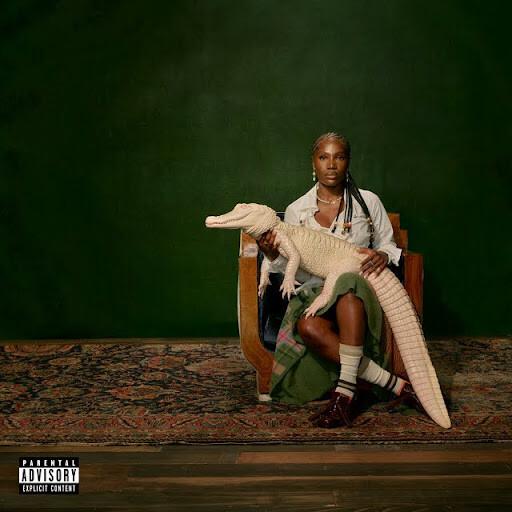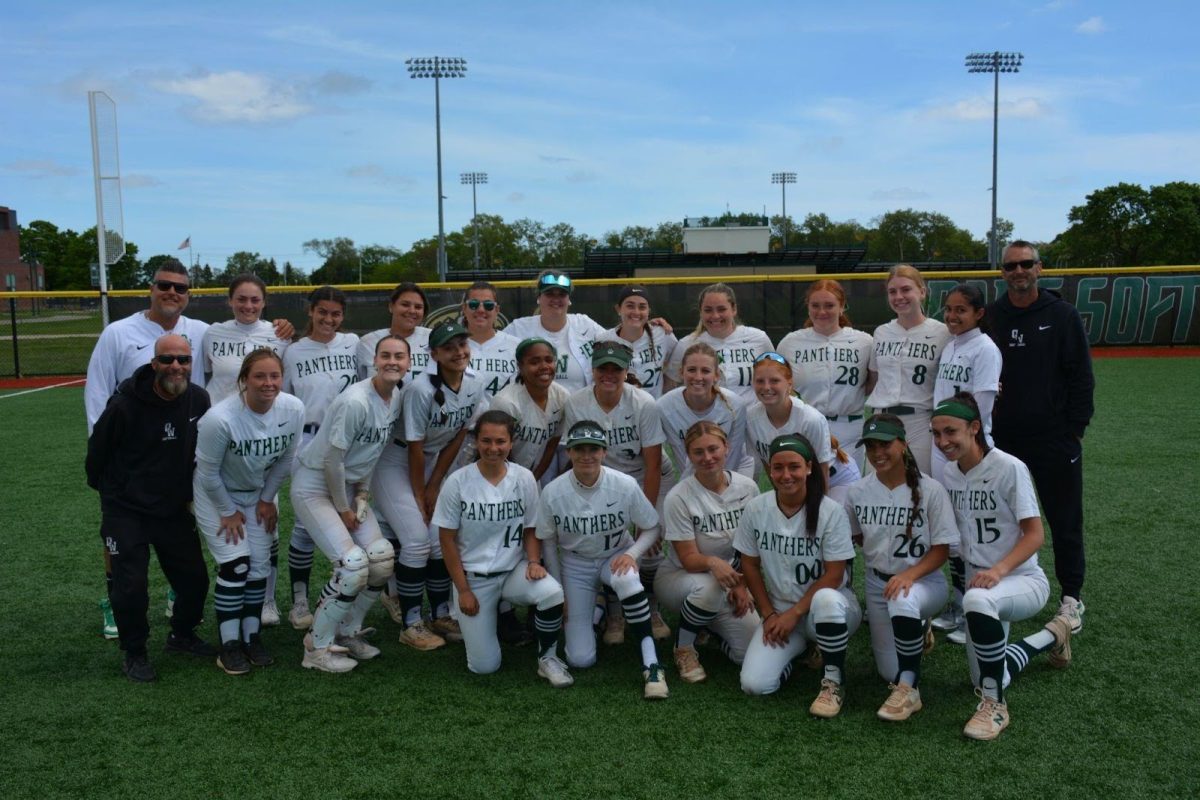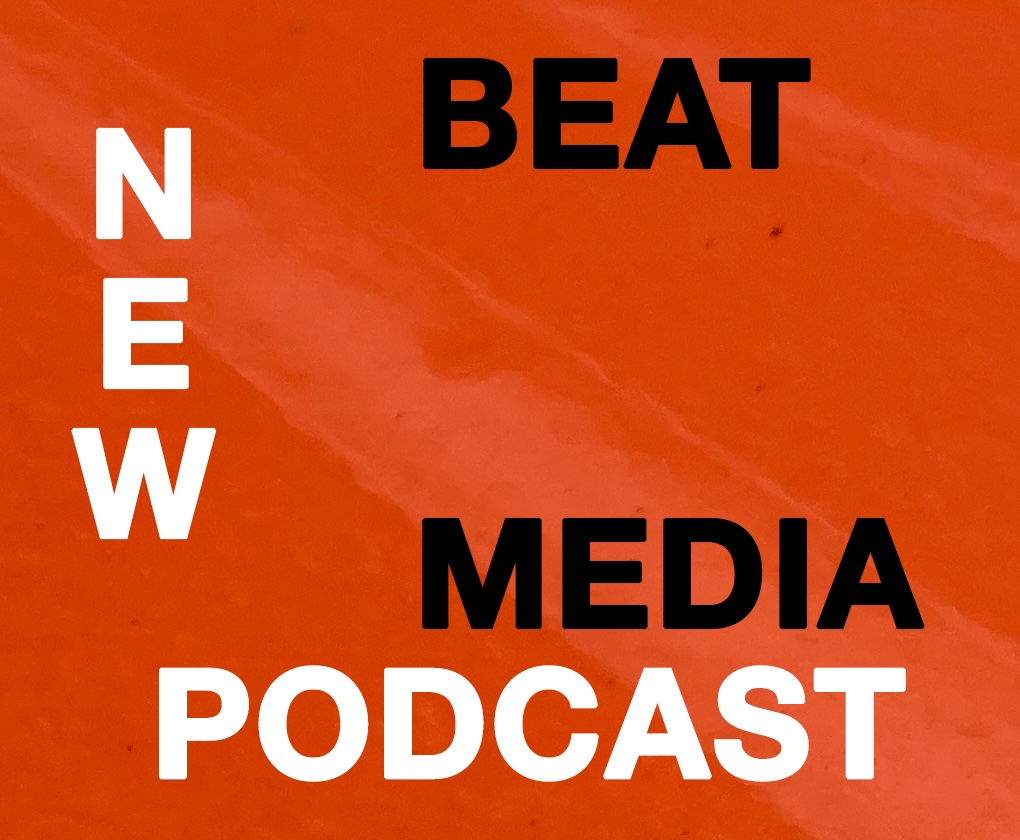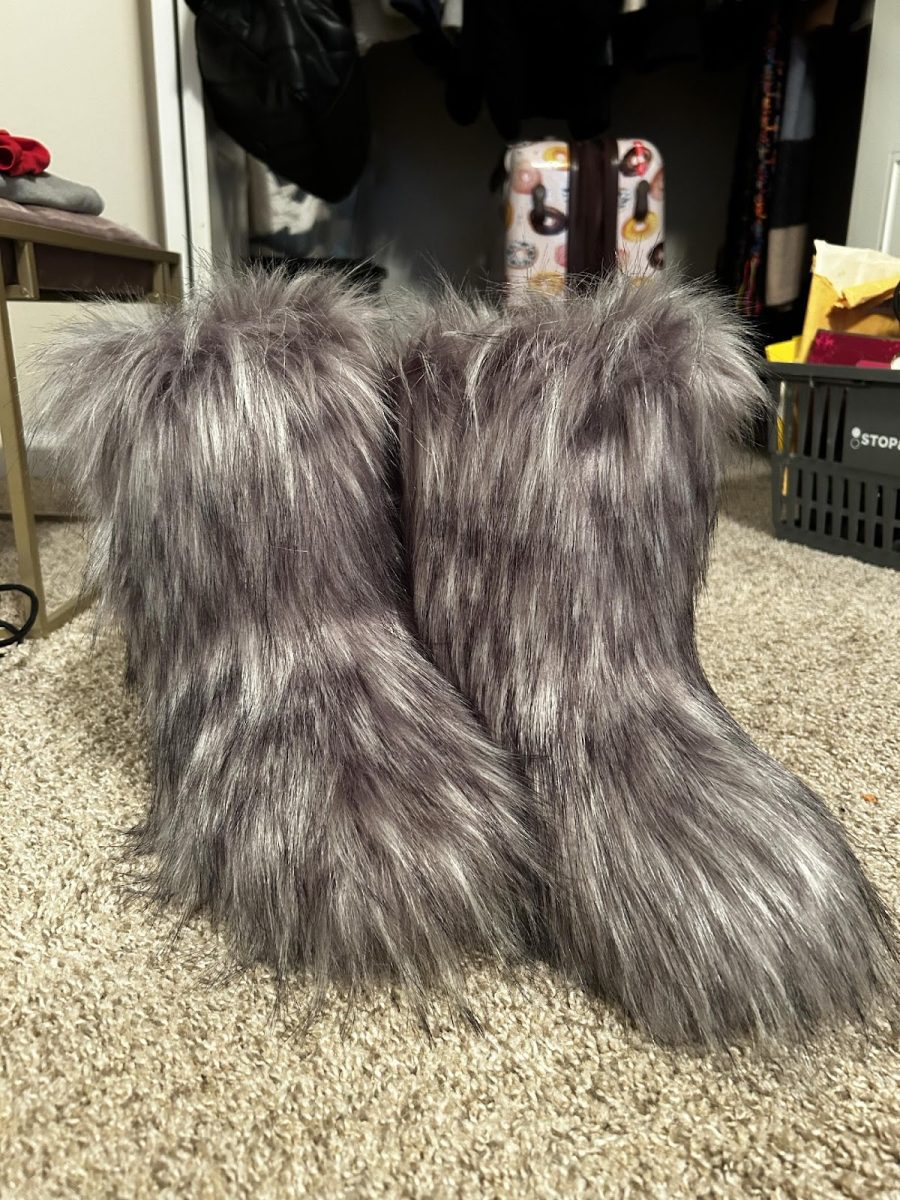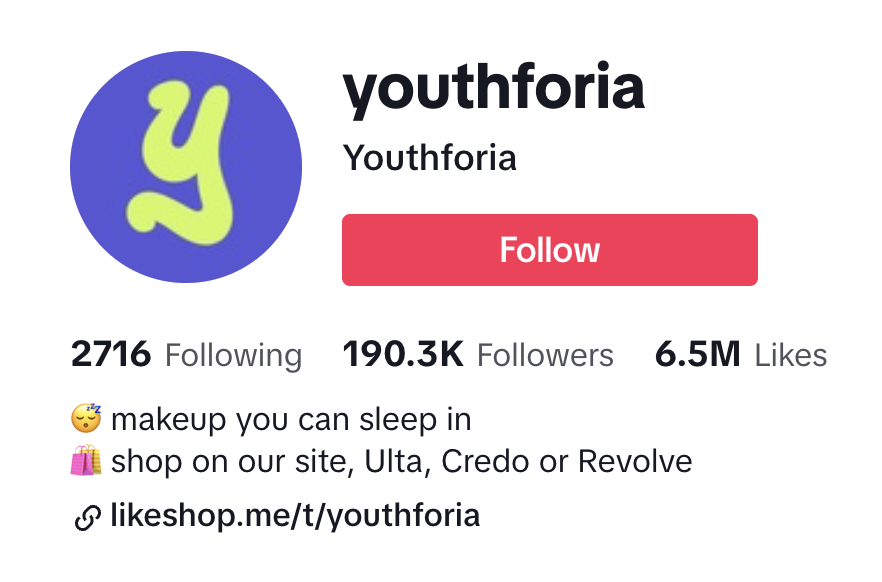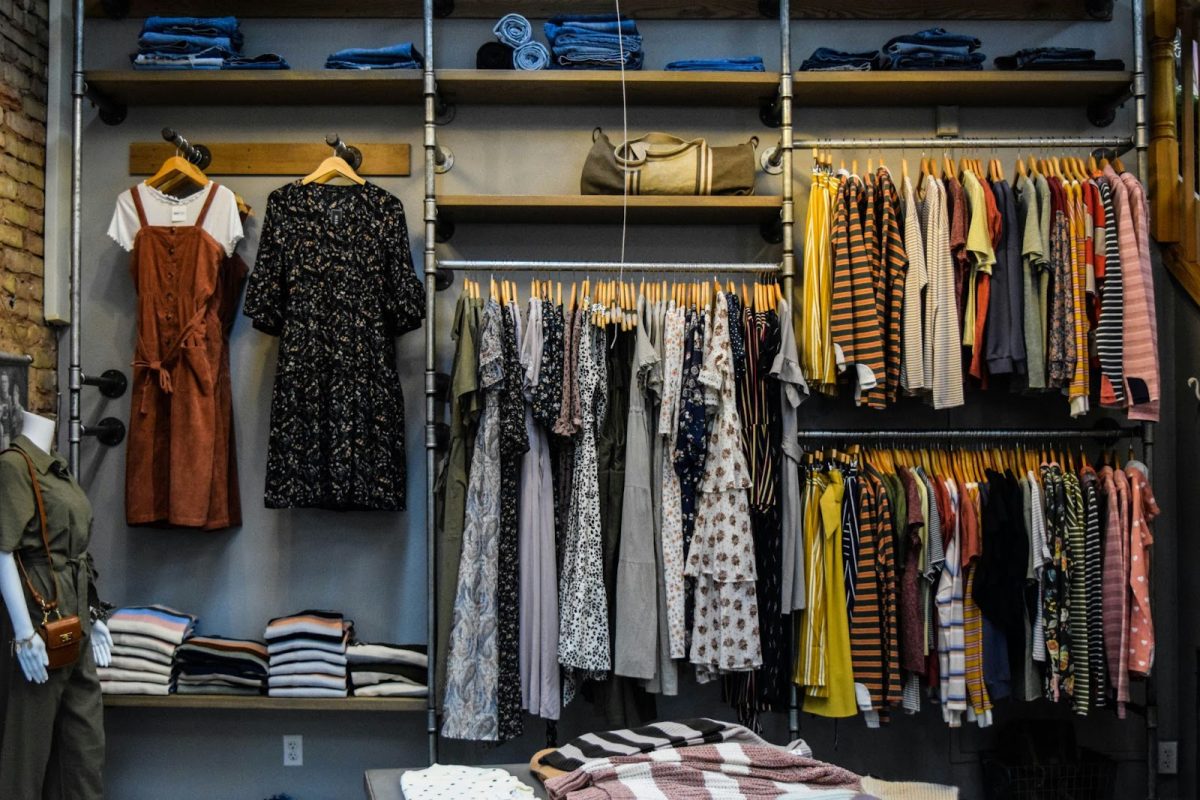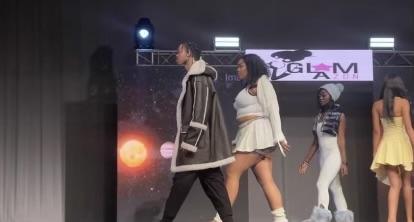
Photo credit: askmeoffers.com.
Fashion evolves constantly and new trends appear, helping us to change our wardrobes, and shaping the way we present ourselves to the world.
Today, the hottest fashion trend is circular fashion, the future of sustainable style. It’s more than just a trend, it’s a way of thinking, and a new lifestyle that redefines who we are and how we make smart choices when it comes to fashion.
Do you know what the circular fashion is?
According to SustainableFashionForum “Circular fashion is a holistic design approach rooted in Indigenous ancestry that aims to ‘design out waste’ by reducing the number of natural resources used to make our clothing and diverting products from landfills. In short, circular fashion (a closed-loop system) is making new materials out of old materials.”
How Can the Fashion Economy Transition from a Linear to a Circular One?
Design for circularity
According to the SustainableFashionForum, “While there’s no industry standard for what constitutes a circular product or agreed-upon definition for the baseline criteria, we know that to enable circular economy products need to be used long term, made to be remade, and made from safe and recycled or renewable inputs.”
Products that last longer should be designed to be durable. Products that are remade must be recyclable, and those products should be created that they can be easily transformed into another product.
Scale Textile Recycling Operations
There should be a cultural establishment where there can be a conscious recycling system for old textiles to create new textiles that can be transformed into new garments. But there’s no fabric on the market that’s used to create a new textile; it’s still a challenge.
The Ellen MacArthur Foundation reported, “less than 1% of fiber used to produce clothing is recycled to make new clothing. Garments that are recycled are mainly down cycled (recycling something so that the resulting product is of a lower value than the original item) into items like insulation, mattress stuffing and industrial wipes, which surprise, surprise, ultimately ends up in the landfill.”
Scale Circular Business Models
It’s imperative to move away from the “disposable society,” in which things have built-in obsolescence. We need to move towards a “circular economy.” In a “circular economy,” products with longer or many life cycles are implemented as the new normal in fashion.
The SustainableFashionForum stated, “Circular business models that allow companies to make revenue without making new clothes present significant opportunities for the fashion industry to decouple revenue from raw material production. These business models include rental, repairs, resale, and remaking (restoration, repurposing, and disassembling), offer revenue, and cost benefits, and provide better product margins and competitiveness.”
The circular business model is more profitable in the long run for many firms and their clients. It also benefits the environment.
How Can Consumers Support a Circular Fashion Economy?
“As a consumer, you can support circular fashion by making more conscious and informed choices about your clothing. To embrace circular fashion in your everyday life, buy quality over quantity and opt for clothing that is made from sustainable materials,” LinkedIn wrote.
You can buy second-hand clothes through charity shops, which eliminate carbon emissions as a result of buying new clothing. Reselling your clothes can increase the longevity of your clothes that usually end up as waste.
“As the annual global fashion waste figures topped 92 million tonnes in 2020, recirculating garments through resale — particularly at the benefit of charities — will only help reduce this number and have a needed positive impact on the fashion industry’s carbon emissions” noted Weavabel.
You can also wear your clothes a lot, and if needed, you can repair, mend, and restore them as needed. Another idea is to swap clothes with friends and family when you no longer need or want whatever garment is in your closet.
Shop for quality clothes that last longer or buy secondhand clothes, support brands through take-back programs, and circular business models that contribute to the circular fashion initiative.
The future of the planet is circular fashion, which can lessen the consequences of climate change and improve the economy for all people.

